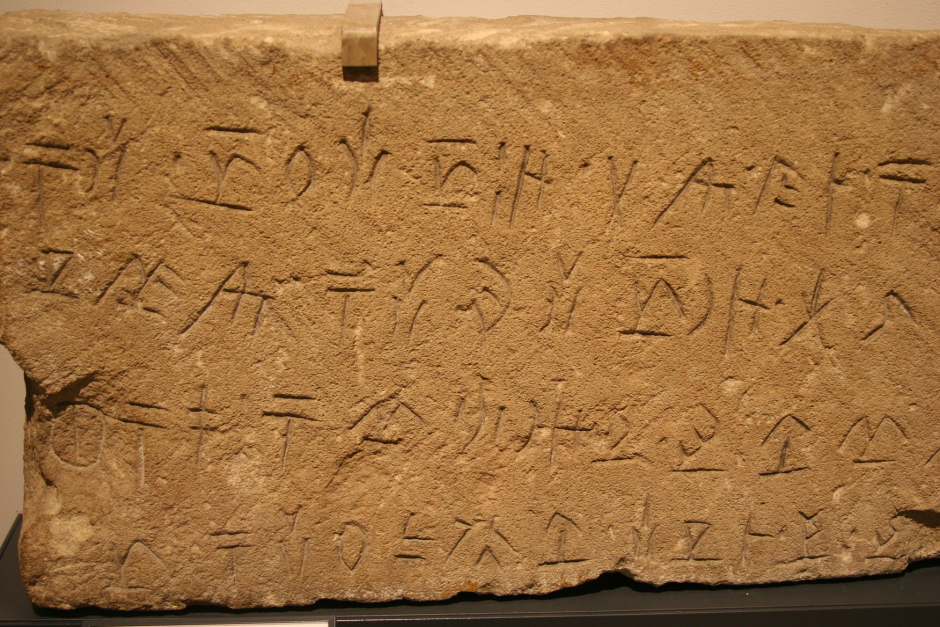Researchers at MIT’s Computer Science and Artificial Intelligence Laboratory (CSAIL) have developed an AI that can help linguists decipher languages that are no longer spoken anywhere in the world. According to Wikipedia, 7,000 natively spoken languages have existed worldwide and 90% of the currently spoken languages will become extinct by 2050.
These languages are considered extinct because no one exists that knows about their syntax or grammar. This can create gaps in information that has existed in the world. Most of the languages that can be deciphered are done by using relative languages to understand grammar etc.
This is all set to change as MIT’s researchers have built an AI that does not even need any relative languages. It could help revive hundreds of languages that were thought to be lost forever. The system is itself able to establish relations between different languages and use it to decipher an unknown language.
This project is being led by MIT professor Regina Barzilay. The system is based on the fact that languages mostly evolve in certain predictable patterns. The project is built upon their previous project that deciphered the dead languages of Ugaritic and Linear B.
Barzilay commented on the project, “ These methods of ‘entity recognition’ are commonly used in various text processing applications today and are highly accurate, but the key research question is whether the task is feasible without any training data in the ancient language.”
Image Source: Wikipedia












